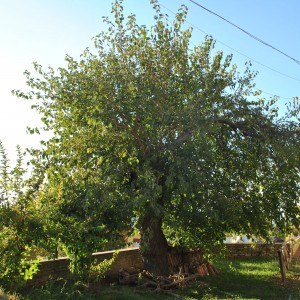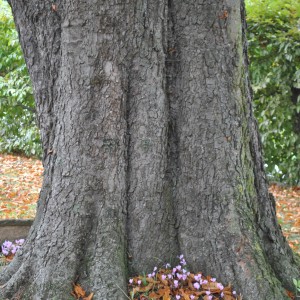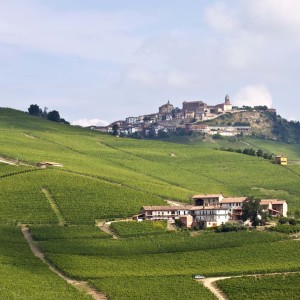Mango castle
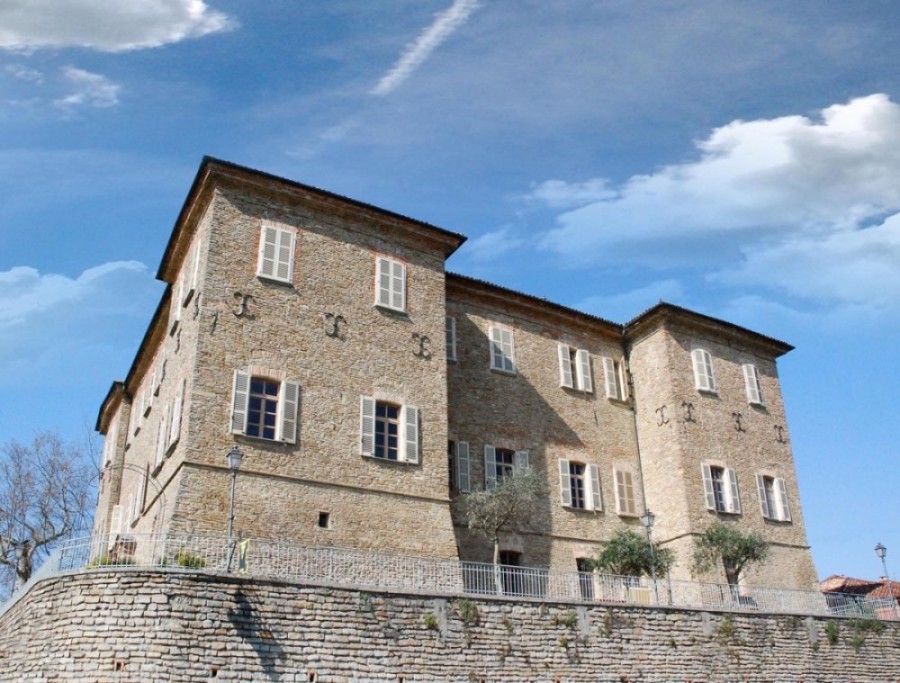
castello di Mango
Today the castle is Mango’s show-piece. For centuries it was the summer residence of the marquises of Busca, with its luxurious furnishings and gardens renowned for their ornamental plants and flower beds. The “Colline del Moscato” Regional Enoteca is housed on the ground floor of the castle.
The current Mango castle rises up from the basis of a pillbox built with mainly strategic functions at the end of the XII century, with all the typical connotations of that period: secret passageways who popped out in the open country, prisons, torture places, shafts where immovable and dangerous enemies were hidden.
History
It was built after the army of Asti destroyed, in 1275, the castles of Frave, Vaglio, Vene and Lanlonzo village, for revenge towards Alba, who had umiliated it in open battlefield in Cossano Belbo, on the Palm Sunday on 24th March 1274.
In the council emblem there are three towers, who are still a memory from that ancient episode, to remember the past.
The name “Frave” shows up in a loto f medieval documents with the form “Fravega, Fauriis, Fabreis, Fabricas, Fraeis” and it was an important place because the way “Magistra Langarum” passed under its towers and ramparts. Magistra Langarum lead from Alba to the coastline, touching Trezzo, Frave, Rocchetta Belbo, per Castino, Cortemilia, Scaletta e Cairo. And maybe it was the roman waywho arrived from Finale to the curia of Orco and Mallare, then to Scaletta and to Spigno or Cortemilia, until Frave and Alba.
A connection who left a mark in the local cooking: from the vineyard of Langa wines and grapes left, from the coastline fish, salt and oli arrived. That’s one of the reason why the Regional Wine shop of Moscato of Mango, located in the castle, has a twinning with Western Liguria, through the development of the territorial project based on the “knight of Aleramo” myth. It’s finalized to the connection and the promotion of three typical products: Moscato wine, hazelnuts and olive trees, in particular with hinterland products and products from Dolceacqua, homeland of hill vineyards.
The castle today
The current Mango castle rises up from the basis of a pillbox built with mainly strategic functions at the end of the XII century, with all the typical connotations of that period: secret passageways who popped out in the open country, prisons, torture places, shafts where immovable and dangerous enemies were hidden.
The building is today the feather in the cap of Mango, after being for centuries the summery residence of the marquises of Busca who wanted it to be sumptuously decorated and with the primacy of a garden celebrated for the decorative plants and the floral cultivations. Today in its interior, on the ground floor there’s the Regional Wine shop of Moscato d’Asti, spumanti of Piedmont and Dolcetti of Mango.
Curiosity
Mango is known for the mixed marriages between local peasant and southern girls who arrived to the North to revitalize the agriculture. On the spur of this phenomenon (who has inspired the carnival masks of Stangon, archetype of the local handsome and boor boy, and of Concetta, the wife from the South), in the 60s, Pro Loco launched the traditional figure of the wedding agent, building a “bacialè” association.





